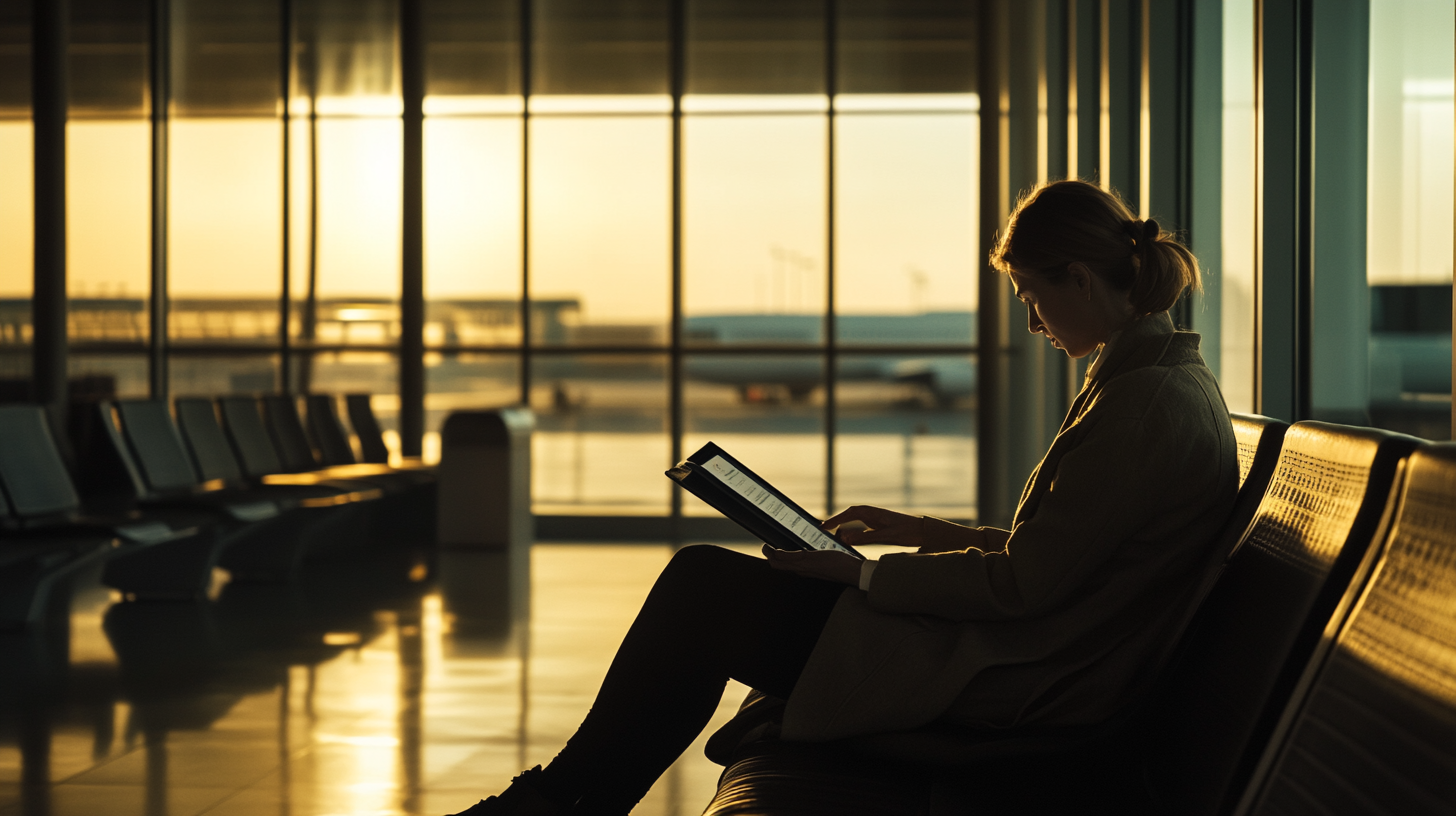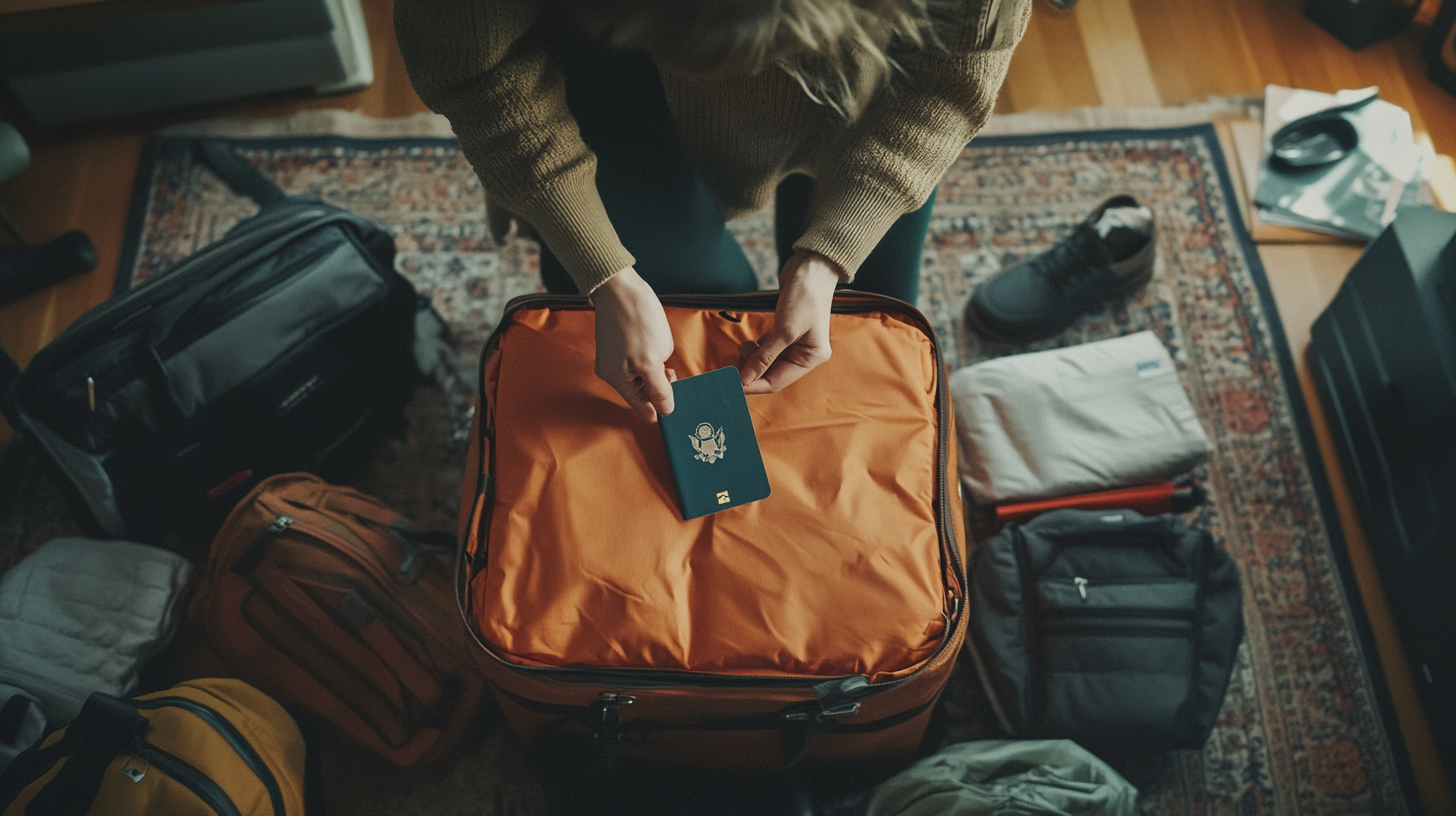Out-of-Office Essentials for Frequent Flyers
Frequent flyers often juggle fast-paced schedules, tight connections, and limited email access. An effective out-of-office message ensures clients and colleagues stay informed, helping travelers focus on the joys (and challenges) of jet-setting without worrying about emails piling up.
1. Start with a Friendly Greeting

I’ve noticed that the tone you set in your first line can make all the difference. A concise yet personable opening—something like “Hello and thank you for reaching out!”—helps your contacts feel acknowledged, even if you can’t respond right away. According to a 2024 communications report by TravelTech Insights, emails that begin with a polite greeting have a 27% higher satisfaction rating from recipients.
In my own travels, I’ve found that it pays to add a quick sentence offering a sense of warmth and professionalism. I once received an OOO message that didn’t greet me at all—it jumped straight into instructions on who to contact instead. While that’s certainly efficient, it can come across as abrupt. A little friendliness instantly shows you value the person’s time.
Remember, this greeting sets the stage for everything else in your auto-reply. It’s the equivalent of a handshake—reassuring in its simplicity, but vital for making the right first impression while you’re tens of thousands of feet in the air.
2. Specify the Dates and Reason

Clarity is critical. Whenever I set my out-of-office message, I always include the exact dates I’ll be unavailable. It helps colleagues and clients know when they can realistically expect to hear back. I’ve seen too many messages that vaguely say, “I’m out for a bit”—that leaves people guessing whether you’ll be gone for two days or two weeks.
According to industry data from the Corporate Travel Council (2023), about 64% of business travelers who use specific dates in their absence notices report fewer follow-up emails asking for their return schedule. That’s time saved for everyone.
Additionally, offering a brief reason—like “attending a conference” or “on a site visit”—adds transparency. It shows you’re not simply ignoring emails and that there’s a professional context for your absence. Sometimes, giving a hint at your purpose can also help the sender decide if the matter can wait until you return or if it’s urgent enough to forward to a colleague.
3. Give an Alternate Contact

Whenever I’m crossing multiple time zones or know internet service might be spotty, I make sure to include a well-defined backup contact in my out-of-office response. This could be a team member, a department hotline, or even a dedicated customer service line. Not only does this indicate that you’ve planned ahead, but it also keeps any urgent situations from turning into emergencies.
A recent survey by the Global Travel Management Association (2024) found that 73% of people who provided alternate contacts in their OOO messages experienced a smoother workflow, even during extended absences. The ability to delegate critical tasks to someone on the ground can spare everyone a lot of confusion.
From my own viewpoint, it’s best to name someone who’s genuinely prepared to handle inquiries. If you just list a generic support email, people might not trust the follow-up. If you’re traveling with a team, coordinate beforehand so they know to expect queries. It builds trust and keeps your projects rolling in your absence.
4. Clarify Communication Details

Being transparent about your availability is one of the best ways to manage expectations. Instead of saying, “I won’t have internet,” specify your time zone or mention you’ll only check your email once a day. I’ve found that people appreciate straightforward information about why you might be slow to respond.
Research from the International Business Travel Association‘s 2023 productivity study revealed that detailed OOO notes reduced the number of repeat emails by 30%. When people know that you’re on a plane over the Pacific or stuck in a remote conference center, they tend to be more patient.
In my experience, adding a quick note about time zones—especially if you’re traveling halfway across the world—helps people understand your response might come through at odd hours. It also subtly reminds them that you’re doing your best to stay on top of communication despite the challenges of modern travel.
5. Consider Additional Tools

Sometimes, a simple auto-reply isn’t enough. These days, I rely on AI-assisted platforms that generate out-of-office messages tailored to specific projects or clients. This ensures I maintain a professional touch, even if I don’t have time to craft a completely unique message for each individual. According to an emerging tech insight by AeroDynamics (2025), AI-driven OOO tools are set to become the new norm in competitive industries.
There are also travel management solutions that automatically update your team on flight delays, meeting schedules, and arrival times. This can save you the hassle of constantly sending updates when your itinerary changes. During one of my longer international trips last year, my travel app synced with my calendar so everyone knew exactly where I was headed and when I’d be available.
Don’t overlook how far a little humor or personality can go. I once wrote an OOO message featuring a playful line about “trying to earn enough miles to finally beat my coworker in a frequent flyer race.” That snippet earned positive feedback from everyone who read it. Just keep it appropriate for your company culture, and you’ll strike the perfect balance between professionalism and a warm, human touch.
The Bottom Line

Crafting an out-of-office message might seem minor, but from my perspective, it’s a pivotal part of being both courteous and efficient. When you’re on the road a lot, the last thing you want is to return to a deluge of misunderstanding or missed opportunities. A well-written OOO lays the groundwork for smooth communication, so you can focus on business—or a bit of fun—while you’re away.
To recap, the key elements are a friendly greeting, explicit travel dates, a reliable backup contact, clear info on how often you’ll check in, and a thoughtful use of tools that streamline everything. When all of these pieces come together, you’ll find that your OOO helps foster trust and keeps your projects on track—no matter how far from home you find yourself.
Final Thoughts

Travel in 2025 is more dynamic than ever. We have improving in-flight Wi-Fi, advanced scheduling apps, and AI tools that keep us connected even when we’re physically parked on a different continent. But an out-of-office message remains a grounding element of professional courtesy. It informs colleagues and clients that while you might be unreachable momentarily, you haven’t vanished into thin air.
Ultimately, it’s about using the right words and resources to ensure the show goes on. By methodically planning the details of your auto-reply, you can protect your time off—whether it’s spent in a boardroom or exploring a new city—while still delivering the respect and accountability your contacts deserve.
Barry B.’s Take
As someone who has bounced around more airports than I can count, I truly believe a robust OOO message is one of the best-kept secrets for frequent flyers. It’s the virtual doorman, so to speak, greeting folks politely and offering them a map of what to do, all while you’re out chasing miles or cruising at 33,000 feet.
My advice? Don’t underestimate the power of clarity, especially in an era when we bounce between time zones. A clear, personable OOO message can redeem you from inbox chaos and keep the goodwill flowing—even when you’re continents away.







